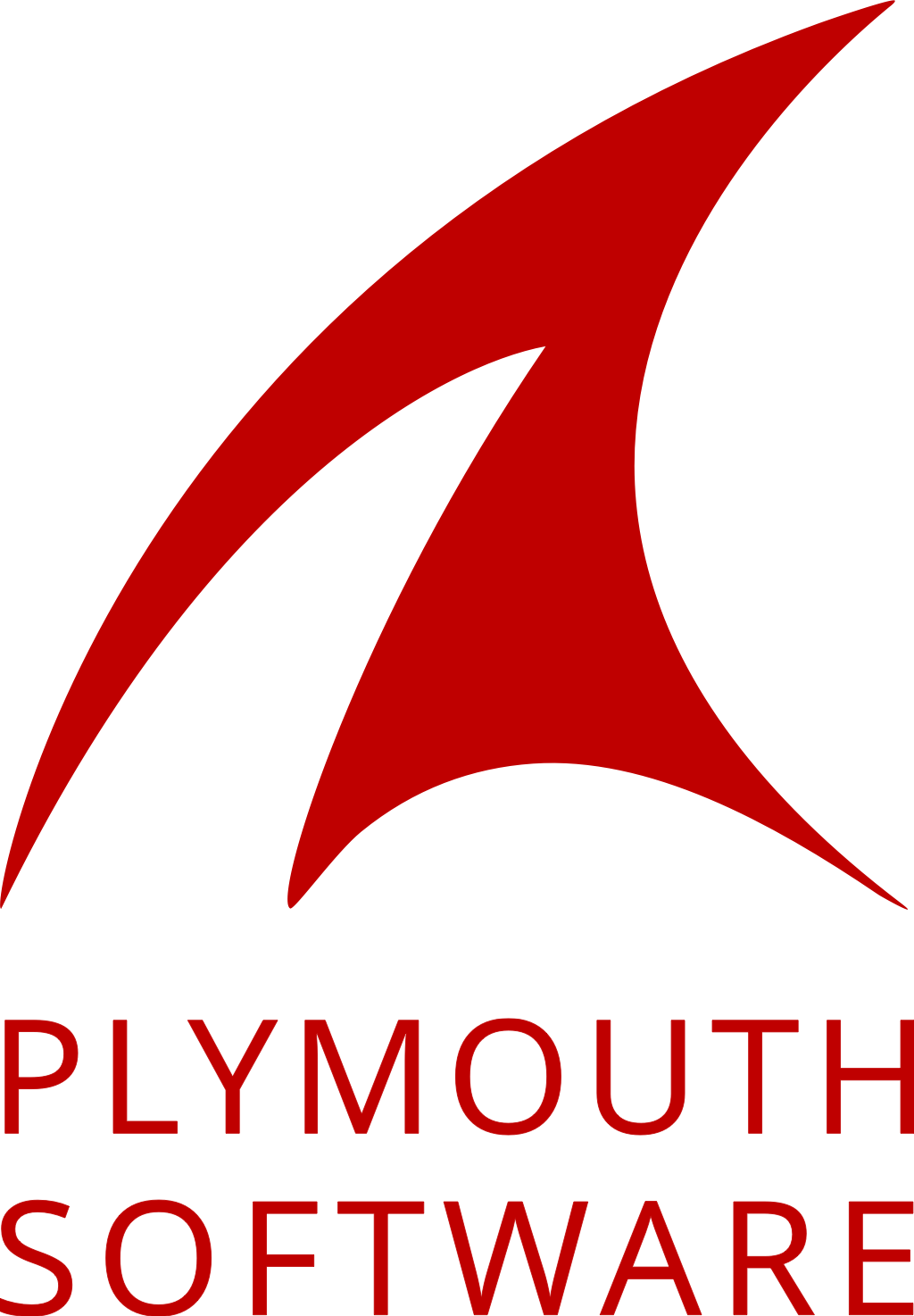Articles
News, case studies, and thoughts on software development, Ruby on Rails, Docker, AWS, and business. You can also follow us on our social channels.
How Automating Processes Helps Build Good Business Practices
Automating routine tasks is one of the fastest ways to free up time, reduce errors and optimise your business for growth - especially for startups where time is at a premium.
Find out how we save time, build habits, and stay in touch with customers using a blend of custom software and automation.
Streamline Your Business with Automation
In today’s business environment, efficiency isn't just desirable, it’s essential. In operating our own business, we’ve found that connecting daily processes through software and automation can unlock significant improvements across your organization.
Automation Consulting to Optimise Your Business
Have you ever tracked how long some of the day-to-day admin tasks take in your business? It's easy to lose time to these tasks without noticing, and suddenly find hours spent doing the repetitive work that is an important, but not necessarily effective, use of your time.
Why Maintaining Your Organisation's Software is Key to Success
Maintaining an up-to-date software stack is fundamental to the security of your business. The rapid pace of technological advancement makes it essential to keep every component current to ensure security, performance, and compatibility.
A Complete View of the Data in your Business
In today’s data-driven world, it is more important than ever to have a complete view of the data that sits across your organisation. In daily operations, a business can generate and manage various data across multiple applications and sources, such as CRMs, daily operations, spreadsheets, and more.
How Data Engineering Services Can Help Your Business
Data engineering is a key function for all businesses in today's data-driven world. Learn how our Data Engineering Services can help your business make better decisions, improve operations, and enhance services to benefit your customers.
Plymouth Software Achieves Cyber Essentials Certification
As part of our ongoing commitment to data protection and digital security, Plymouth Software are proud to have achieved the UK Cyber Essentials certification.
Celebrating 10 Years of Plymouth Software
Plymouth Software is 10 years old! Take a quick look back at our decade in business, and our thoughts for the future.
Dockerising Webpacker
Learn how to develop a Rails app with Webpacker running the webpack-dev-server (key for developing with JS frameworks such as React or Vue) in Docker.
Rails with Vue: Validation
In this fourth instalment, you’ll learn how to use your Vue.js component to render any error messages that would be displayed in a typical Rails application.
Rails with Vue: Updating Rails Data
This is the third installment in a series, covering updating Rails data using an inline table editor made with Vue
Rails with Vue: Accessing Rails Data
This is intended to be a guide to accessing your Rails data in Vue components
Ready to get started?
Book your free consultation call to discuss how we can help your organisation.









